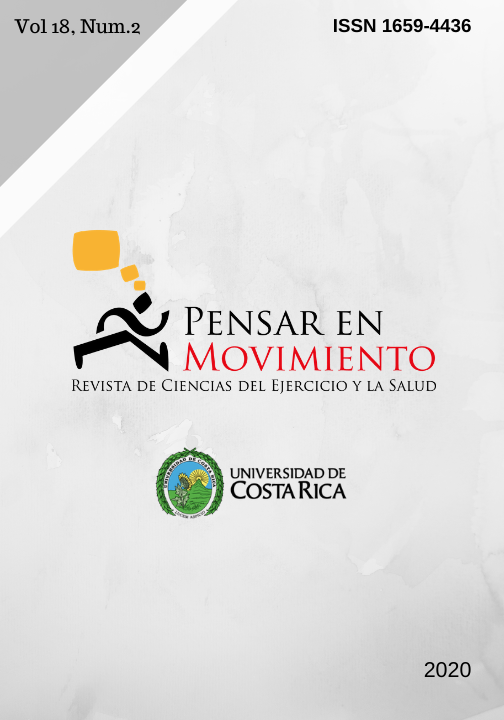Abstract
Limbed locomotion involves different mechanical challenges: in each cycle, limbs must be repositioned anatomically, with acceleration and deceleration phases and the consequent raising and lowering of the center of mass. As part of human locomotion, walking and running are fundamental activities throughout the life cycle. In particular, running has been highly studied by sports sciences, medicine, physiotherapy, kinesiology, engineering, and biology due to the high joint and muscular impact it generates, commonly causing injuries and alterations in the performance of patients and athletes. The constant study of locomotion has brought to light the different physiological and mechanical challenges when explaining and analyzing phenomena. Using classical texts, this article aims to clarify concepts considered basic and important to understand further research. In addition, different parameters needed to understand locomotion, both in human and animal studies, are explained. The objective of this paper is to review the literature focused on the mechanical and energetic aspects of locomotion, the effect of size, and the different locomotion patterns and mechanical models. Finally, this paper is presented as a contribution for teachers and students to understand locomotion in the Spanish language.







